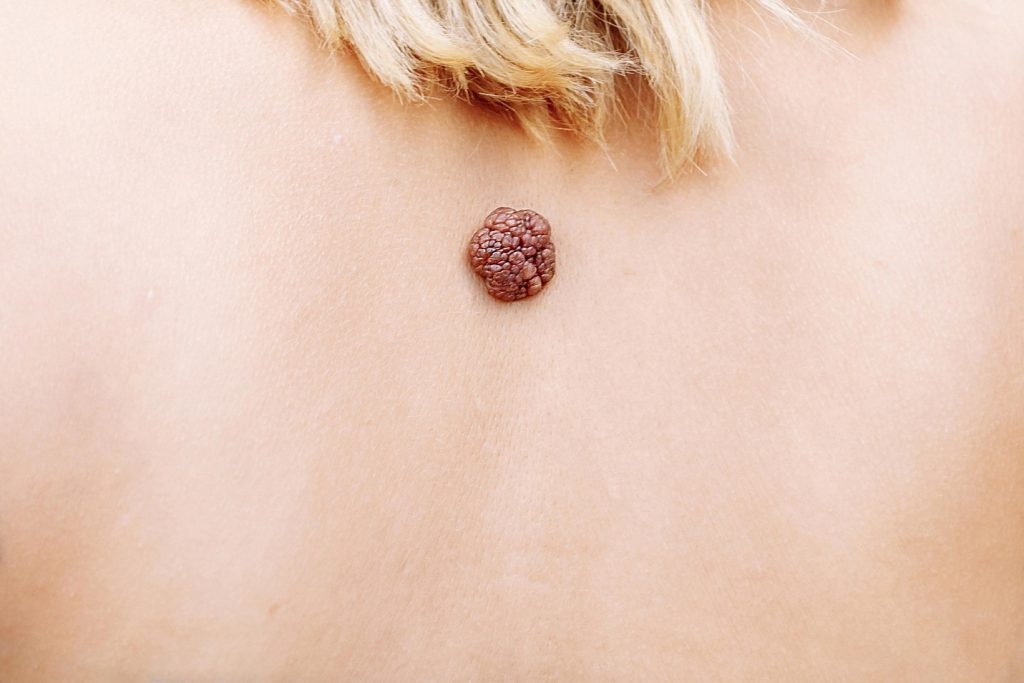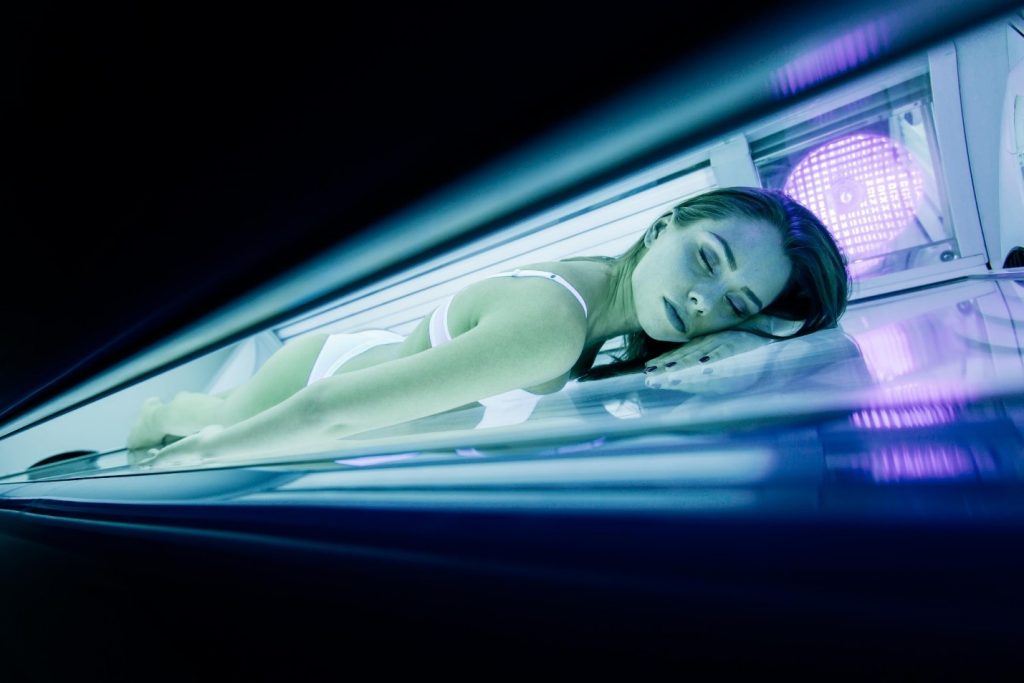Tanning is one of the most popular things people do during summer. Many beachgoers don’t just enjoy the cool water on hot days. A number of them go to lie on the warm sand. Spray themselves with tanning oils and balms and take in the sun’s warm rays. They Lay there for hours. They are waiting and expecting to get a chocolate brown tan.
Being tan back in the Middle Ages would’ve been considered ugly because, back then. Being tan was a sign that you were a peasant who worked in the fields under the burning sun all day. In contrast, people of the high class who don’t need to do manual labor can stay inside all day—keeping their complexion fair and bright.

Tanning became popular in the early 20th century when having a nice tan. I meant you were wealthy enough to go on vacation to exotic places. Especially for people in European countries who didn’t have access to the ocean. This made tanning famous and saw a surge in skin cancer numbers.
There’s no denying that skin cancer and tanning. Be it a sunbed tan or a natural tan out in the sun, and they have a powerful connection.
Studies have shown that you are way more likely to develop skin cancer with every sunburn you sustain.
Skin cancer is one of the most challenging types of cancer to treat. It spreads reasonably quickly and can be hard to detect early, especially in people with lots of blemishes on their skin.
The most famous type of skin cancer is melanoma. Melanoma is a severe and hard-to-treat cancer. It is possibly the most dangerous type of skin cancer out there. Melanoma usually develops in melanin-producing cells. Also known as melanocytes. These cells are responsible for the manufacturing of Melanin, which gives your skin and eyes pigment. Melanoma can also possibly form in the melanin cells in your eyes. However, it rarely starts inside your body in places such as your throat.

Even if treated successfully, many skin cancer patients can be left with lifelong scars and disfigurements. A lot of people with skin cancer develop it on their noses. And if it’s not detected early enough, you can lose your nose!
Not only does it cause skin cancer. But tanning will also contribute significantly to making you look older.
Prolonged exposure to UV rays. This is essential if you are trying to get a tan; it is the leading cause of wrinkles on the skin, the face and hands, and the rest of the body.
So, by exposing yourself to the sun’s deadly rays, you will end up damaging your skin and ending up with saggy, blemished wrinkly skin.
Tanning lotion dangers have also been proven by science. They are a mixture of oil with a very high smoke point, meaning they burn easily, intended to make you tan faster. This is extremely dangerous and can sometimes cause severe burns that might land you in the hospital.
Tanning lotions can also cause allergic reactions and rashes, which are very uncomfortable.

Tanning beds are also extremely dangerous. They are more difficult than the sun itself!
A Tanning bed omits three times as many UV rays as the sun, which makes them much more dangerous and detrimental to our health.
Tanning in a tanning bed might seem appealing to those who don’t want to get burned, which is extremely painful and uncomfortable, but they are still very dangerous.
Using a tanning bed will make you much more likely to get skin cancer and cause your skin more harm than good.
The UV rays emitted by a tanning bed are hazardous and can penetrate a much deeper layer of your skin.
It is way better and safer for your skin if you avoid using tanning beds altogether.
Skin cancer treatment centers have seen high numbers of young people with skin cancer, especially young women. And according to statistics, over 60% of skin cancer patients have admitted to tanning multiple times.
Tanning becomes highly addictive when done regularly. People who tan periodically, be it with a tanning bed or outside by the pool or the sea, can get addicted very quickly. Looking tan is desirable, which means that when you get a nice tan and see yourself in the mirror, you feel that dopamine rush, which is how your brain associates happiness with a particular activity. This causes dependency.

To prevent yourself from developing skin cancer we advise you to:
-Cover up when going out in the sun. You might be tempted to run in a tank top on a hot summer day. But you find out that you ran out of sunscreen, what do you do? You do the next best thing, which is to wear long sleeves. Covering up isn’t only good for modesty but also essential to help keep the sun’s rays at bay.
-Use fake tanners if you like the look of tan skin. Fake tanners are lotions and sprays made to stain your skin a few shades darker for a couple of days or weeks. They are straightforward to use and virtually risk-free, and the ideal part is that you can choose how dark or light you want your tan to be—without pain, burning, or skin cancer risks.
-wear sunglasses. If you need to stay outside in the bright sun for a long time, wear a pair of sunglasses to protect your eyes. Skin cancer can, unfortunately, develop in one’s eyes. However, it is the only way of protecting your eyes from it, and it is the most effective.

Protection is the best way to avoid getting skin cancer. Unfortunately, over the past few decades, pollution and the overheating of the earth’s core have had catastrophic effects on the ozone layer, which protects us from the sun’s harmful rays.
These effects can be seen through the numbers of pollution-related Cancers that have skyrocketed over the years and have become very hard to ignore.
It’s a much bigger issue than just wearing your sunscreen or avoiding the scorching sun. It is an issue related to global warming, too.








